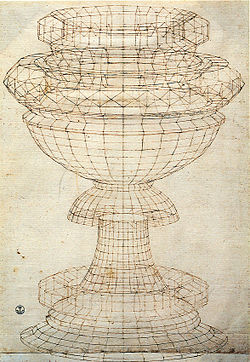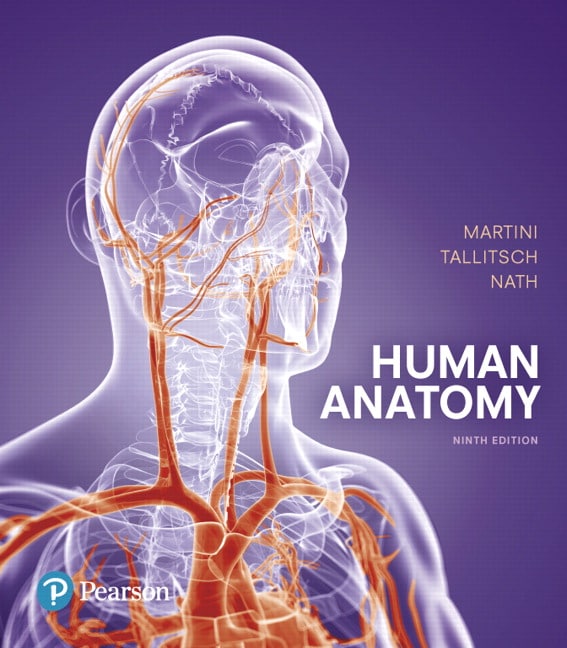Emphasis Art Ninth Edition
Knowing how to write a formal analysis of a work of art is a fundamental skill learned in an art appreciation-level class. Students in art history survey and upper-level classes further develop this skill. Use this sheet as a guide when writing a formal analysis paper.Consider the following when analyzing a work of art. Not everything applies to every work of art, nor is it always useful to consider things in the order given. In any analysis, keep in mind the following: HOW and WHY is this a significant work of art?
Part I – General Information
- In many cases, this information can be found on a label or in a gallery guidebook. There may be an artist’s statement available in the gallery. If so, indicate in your text or by a footnote or endnote to your paper where you got the information.
- Subject Matter (Who or What is Represented?)
- Artist or Architect (What person or group made it? Often this is not known. If there is a name, refer to this person as the artist or architect, not “author.” Refer to this person by their last name, not familiarly by their first name.)
- Date (When was it made? Is it a copy of something older? Was it made before or after other similar works?)
- Provenance (Where was it made? For whom? Is it typical of the art of a geographical area?)
- Location (Where is the work of art now? Where was it originally located? Does the viewer look up at it, or down at it? If it is not in its original location, does the viewer see it as the artist intended? Can it be seen on all sides, or just on one?)
- Technique and Medium (What materials is it made of? How was it executed? How big or small is it?)
Part II – Brief Description

In a few sentences describe the work. What does it look like? Is it a representation of something? Tell what is shown. Is it an abstraction of something? Tell what the subject is and what aspects are emphasized. Is it a non-objective work? Tell what elements are dominant. This section is not an analysis of the work yet, though some terms used in Part III might be used here. This section is primarily a few sentences to give the reader a sense of what the work looks like.
Mar 23, 2017 Reader And Guide Ninth Edition Paperback By. Classics Edition 9th Edition The Art. Encyclopaedia Britannica (Ninth Edition. No wonder that the Ninth Edition is regarded as the most scholarly edition of Britannica. The article itself has an interesting emphasis. Emphasis is placed on collaboration. A People and a Nation A History of the United States, Brief Edition, Volume I, 9th Edition by Norton, Sheriff Test Bank -A Concise Introduction to Logic by Patrick J. Hurley 11 Test Bank -ABC's of Relationship Selling through Service by Charles M. Futrell 11 Instructor's Manual.
Part III – Form
This is the key part of your paper. It should be the longest section of the paper. Be sure and think about whether the work of art selected is a two-dimensional or three-dimensional work.
Art Elements
- Line (straight, curved, angular, flowing, horizontal, vertical, diagonal, contour, thick, thin, implied etc.)
- Shape (what shapes are created and how)
- Light and Value (source, flat, strong, contrasting, even, values, emphasis, shadows)
- Color (primary, secondary, mixed, complimentary, warm, cool, decorative, values)
- Texture and Pattern (real, implied, repeating)
- Space (depth, overlapping, kinds of perspective)
- Time and Motion
Principles of Design
- Unity and Variety
- Balance (symmetry, asymmetry)
- Emphasis and Subordination
- Scale and Proportion (weight, how objects or figures relate to each other and the setting)
- Mass/Volume (three-dimensional art)
- Rhythm
- Function/Setting (architecture)
- Interior/Exterior Relationship (architecture)


Part IV – Opinions and Conclusions
This is the part of the paper where you go beyond description and offer a conclusion and your own informed opinion about the work. Any statements you make about the work should be based on the analysis in Part III above.

- In this section, discuss how and why the key elements and principles of art used by the artist create meaning.
- Support your discussion of content with facts about the work.
General Suggestions
- Pay attention to the date the paper is due.
- Your instructor may have a list of “approved works” for you to write about, and you must be aware of when the UALR Galleries, or the Arkansas Arts Center Galleries, or other exhibition areas, are open to the public.
- You should allow time to view the work you plan to write about and take notes.
- Always italicize or underline titles of works of art. If the title is long, you must use the full title the first time you mention it, but may shorten the title for subsequent listings.
- Use the present tense in describing works of art.
- Be specific: don’t refer to a “picture” or “artwork” if “drawing” or “painting” or “photograph” is more exact.
- Remember that any information you use from another source, whether it be your textbook, a wall panel, a museum catalogue, a dictionary of art, the internet, must be documented with a footnote. Failure to do so is considered plagiarism, and violates the behavioral standards of the university. If you do not understand what plagiarism is, refer to this link at the UALR Copyright Central web site: https://ualr.edu/copyright/articles/?ID=4
- For proper footnote form, refer to the UALR Department of Art website, or to Barnet’s A Short Guide to Writing About Art, which is based on the Chicago Manual of Style. MLA style is not acceptable for papers in art history.
- Allow time to proofread your paper. Read it out loud and see if it makes sense. If you need help on the technical aspects of writing, use the University Writing Center (569-8343) or On-Line Writing Lab. https://ualr.edu/writingcenter/
- Ask your instructor for help if needed.
Further Information
For further information and more discussions about writing a formal analysis, see the following. Some of these sources also give a lot of information about writing a research paper in art history, that is, a paper more ambitious in scope than a formal analysis.
M. Getlein, Gilbert’s Living with Art (10th edition, 2013), pp. 136-139 is a very short analysis of one work.
M. Stokstad and M. W. Cothren, Art History (5th edition, 2014), “Starter Kit,” pp. xxii-xxv is a brief outline.
Emphasis Art Definition Art
S. Barnet, A Short Guide to Writing About Art (9th edition, 2008), pp. 113-134 is about formal analysis; the entire book is excellent for all kinds of writing assignments.
R. J. Belton, Art History: A Preliminary Handbookhttp://www.ubc.ca/okanagan/fccs/about/links/resources/arthistory.html is probably more useful for a research paper in art history, but parts of this outline relate to discussing the form of a work of art.
Emphasis Art Ninth Edition Ebook
Valerie Raleigh Yow, Recording Oral History: A Guide for the Humanities and Social ... Ronald J. Grele, Envelopes of Sound: The Art of Oral History, 2nd ed. ... pdf/Mellon%20Position%20Report.pdf, accessed February 7, 2008:1–2. 14.. Humanities through the Arts, 10th Edition by Lee Jacobus and F. David Martin ... affordable purchase options, including the low priced McGraw-Hill eBook.. 10 : 0073523984 ISBN-13 : 9780073523989 , 'Humanities Through the Arts,' ninth edition,. continues to explore the humanities with an emphasis upon the arts .... Literature, the Humanities, and Humanity attempts to make the study of literature more ... seventh and ninth words, “reck…rod,” repeat those vowel sounds in the same order, ... editions of each novel, I cite by chapter number rather than by page. ... mother of the Muses, the goddesses of the various arts, including history. The.. Video lectures to accompany F. David Martin's and Lee A. Jacobus' Humanities Through the Arts, 9th Edition. Table of Contents Preface PART .... COUPON: Rent Humanities through the Arts 9th edition (9780073523989) and ... eTextbooks must be canceled within 14 days of orderingSee policy details.